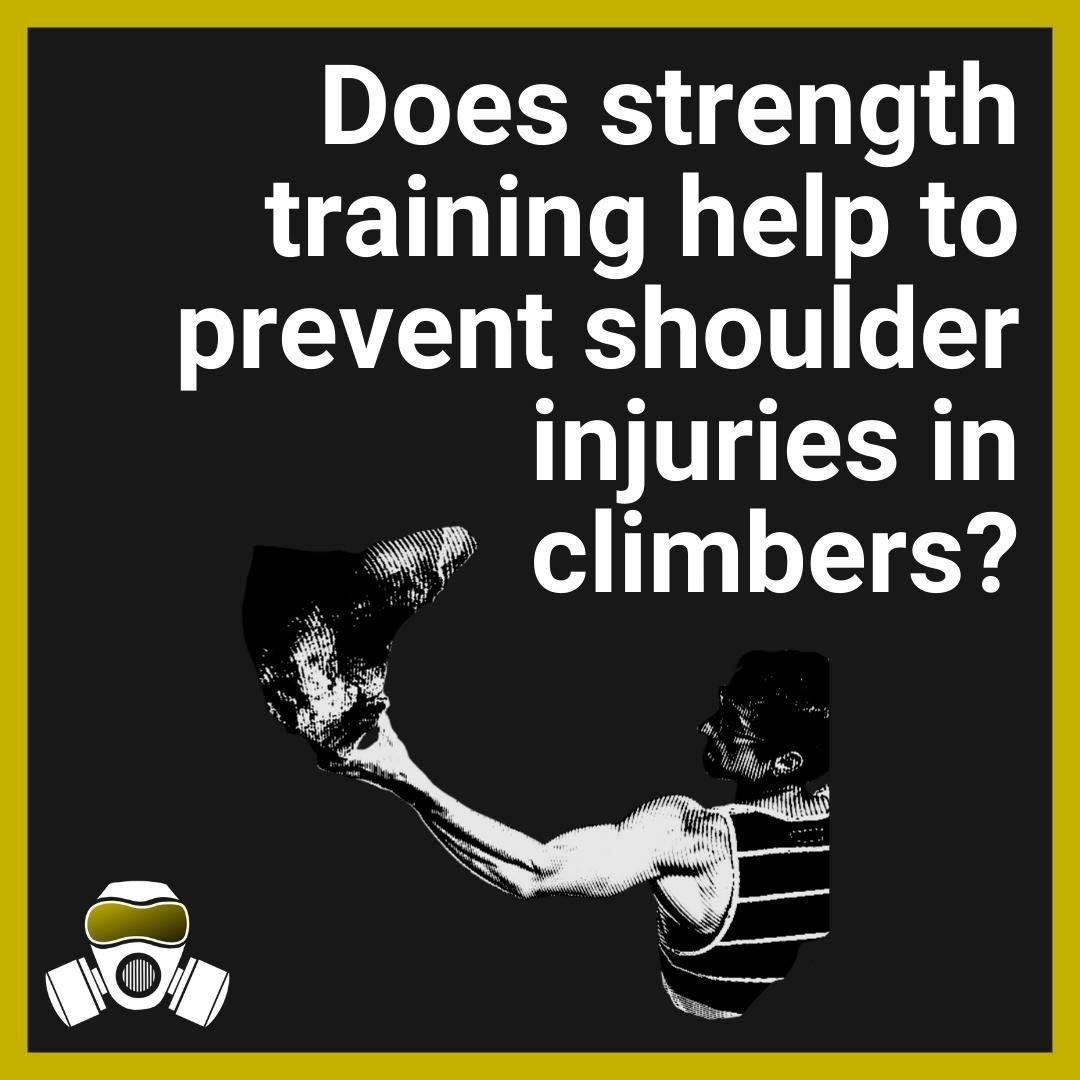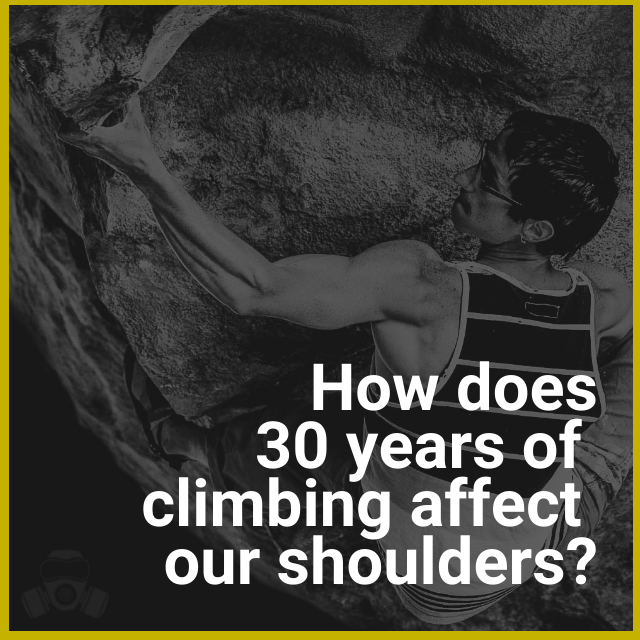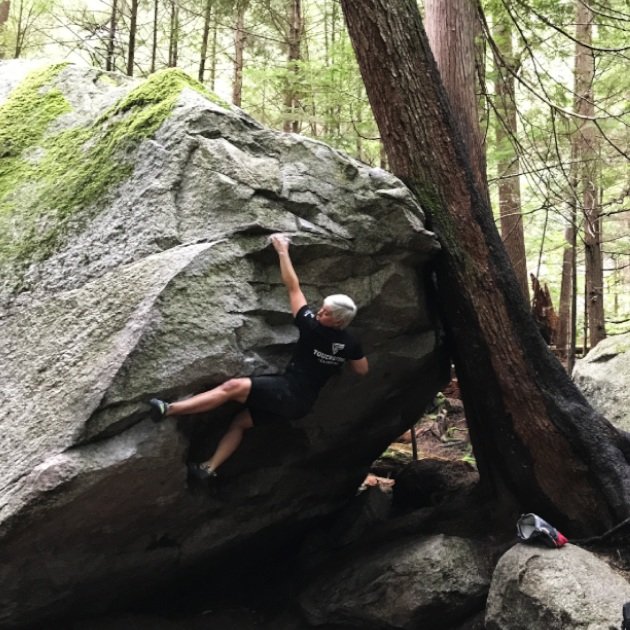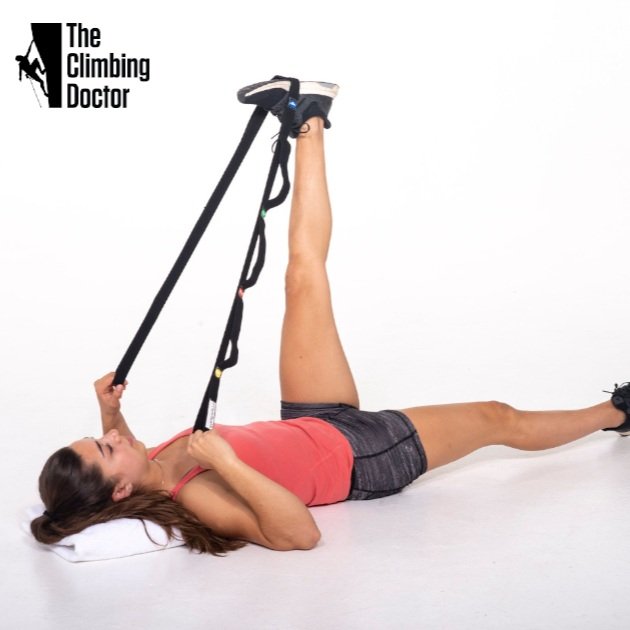Ep. 147: Making Sense of Science for Climbers with Dr. Tyler Nelson

Science and data are increasingly popular in training for climbing, and for good reason. Leading that charge is Dr. Tyler Nelson of Camp 4 Human Performance. He's built a strong following on Instagram, and is giving solid information to coaches and climbers all over the world, but as with any post on social media, much of the context is lost. Context that I feel is massively important.
In this episode Tyler and I sit down at The Donut Distillery in Nashville, on our way to teach together at the Performance Climbing Coach Seminar, to discuss how to look at the research, whether science is the end all be all, and what exactly is the context for all of this information.
We also reveal the winner of the Instagram Donut Contest!
To give a little more context into what Tyler’s training looks like, since we only get to see snippets on Instagram, I asked him to give me a rough idea of his general in-season and training season schedule. This has been the most recent, with a bouldering only focus.
IN SEASON
Climbing:
Projecting 100% - 2.5 hr usual max time to climb including warm-up (30-min). Usually 5:30 am - 8:00
Finger and Strength Training
Done on same day of projecting every day unless skin hurts 4-6 hours later in day.
High intensity 1-arm hangs for sets or sets to failure, or eccentrics, or ballistics, (this changes often and I mix it up)
High intensity 1-arm finger hangs for time (20mm, 15mm) - recruitment focus x4 / arm
Half crimp added load to hit 85% 20mm edge hang stiffness 3:3x5 x 4
Full crimp body weight 15 or 10mm edge hang stiffness focus 3:3x5x4
TRAINING SEASON
Climbing
Projecting (30% of total training time) - making new boulders on the woodie
Practicing (50% of total training time) - repeating hard boulders, learning to crimp, working to keep feet on, etc.
Finger and Strength Training (20% of total training time)
bench press isometrics , vertical pull isometrics, deadlift
each at multiple angles, to failure, then for peak force, then for targeted sets/reps, then for velocity. this varies on a two week cycle usually.
Fingers: density focus then recruitment stiffness focus
hangs to failure - sloper, 20mm half crimp, 15mm full crimp x 3 each total
then recruitment - measuring peak load increase
then for stiffness - velocity with rfd measured or for subjective feel
From Tyler:
“That's pretty much all I do. There's more nuance to it than that, but that should give you a good idea. I have a big strength training background as a kid wrestling, so I've always had above average upper body strength.”
Eric Hörst chats about how some big life shifts – retirement, the success of his brand PhysiVantage, and becoming an empty nester – have impacted his climbing and training.
What does science say about warming up before performance?
Can shoulder injuries be prevented through strength training? Or are they just an inevitable part of being a climber?
Can we minimize tendon injury and return more quickly to climbing?
How does 30 years of climbing affect our shoulders?
It’s a thin line, and one that is tricky to navigate.
Recognizing and dealing with eating disorders in climbing is a prevalent but often ignored issue.
Are you injured? Or is your brain just telling you that you are?
The legendary Professor Bill Ramsey talks getting older, sending anyway, and the effort required.
For Dr. Vagy’s third appearance on the podcast, we tackle some myths and hot topics about training for climbing.
Using science to inform climbing training is becoming increasingly popular, and for good reason. Leading that charge is Dr. Tyler Nelson of Camp 4 Human Performance.
Part three from Nate: training in December and January, how I spent my time in Hueco to keep preparing myself for sport climbing, and what I’m doing from here.
It has become accepted that climbers should be lifting weights to maximize our athletic potential. But why exactly? Our coach Paul Corsaro is here to explain.
Let’s face it. All of us who are trying hard to push ourselves will eventually be injured.
With all the information out there on training, rehabbing, and performance, it’s tough to know where to start when you’re injured.
In this 3 part series we're going to dig into the concepts behind the easy to follow system of prehab and rehab that Dr. Vagy has built.
Dr. Shannon O'Grady, Ph.D., of Gnarly Nutrition talks us through BCAA’s: what they are, why we need them, how to use them, and more.
If you've been around climbing long enough, you know someone who has struggled with an eating disorder.
PT Allison Stowers talks how to self-diagnose, when to see a doctor about an injury, and most importantly, how to prevent them.
Fingers are pretty important to us. Dr. Lisa Erikson takes us on a deep dive into the methods behind dealing with finger injuries.
I blank out immediately when talking the details of nutrition. Not so with our guest today, Neely Quinn.
Despite the odds, Craig Demartino has become a better rock climber after deciding to amputate his leg.
I sit down with Rannveig Aamodt and talk about her impressive road to recovery after a terrible accident.
The "little" exercises that I was capable of just got much bigger.
It's interesting how fast perspective can shift when one's situation is altered.
If you've ever been to "24 Hours of Horseshoe Hell", then you've no doubt heard of Dick Dower and Natalie Neal Dower.
When you aren't using muscles, your body has zero interest in maintaining them.
Taylor Reed talks movement coaching and the role research plays in his evidence-informed coaching methods.
Rob Gray discusses two theories of skill acquisition and how climbing coaches can use them to help climbers better learn to move.
Skill Acquisition Specialist Rob Gray discusses the limitations of using sports science research for coaches and practitioners.
Climber performance metrics only tell a small part of a much more complex human story.
How to use data to inform training decisions had been a topic of debate amongst the Power Company coaches for years, until Data Analyst, Dale Wilson, stepped in to settle the score once and for all.
A climber since 1994, Kris was a traddie for 12 years before he discovered the gymnastic movement inherent in sport climbing and bouldering. Through dedicated training and practice, he eventually built to ascents of 5.14 and V11.
Kris started Power Company Climbing in 2006 as a place to share training info with his friends, and still specializes in working with full time "regular" folks. He's always available for coaching sessions and training workshops.




































When it comes to skin care in the climbing world, Rhino Skin Solutions is the one name you need to know.